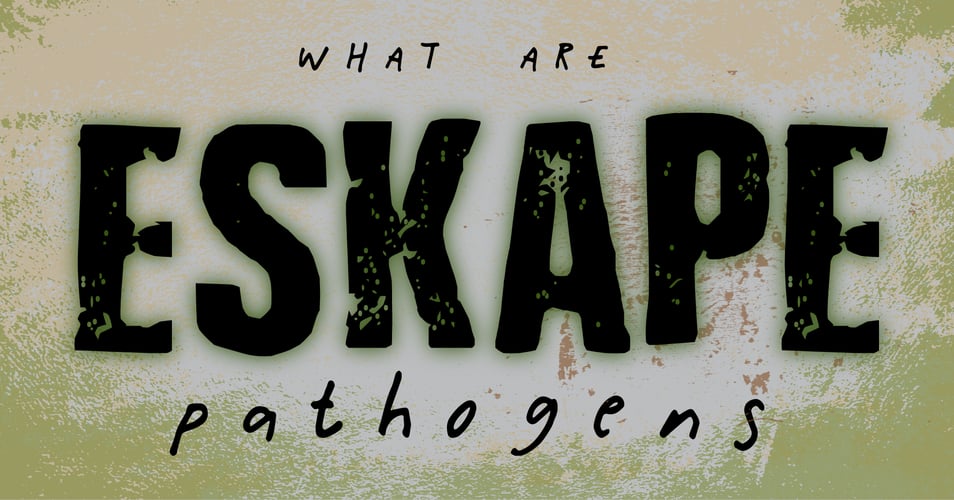2 min read.
Human Factors Engineering and Infection Control
Infection control is often viewed through a clinical lens, focused on pathogens, protocols, and products. But there's another critical element at...



















